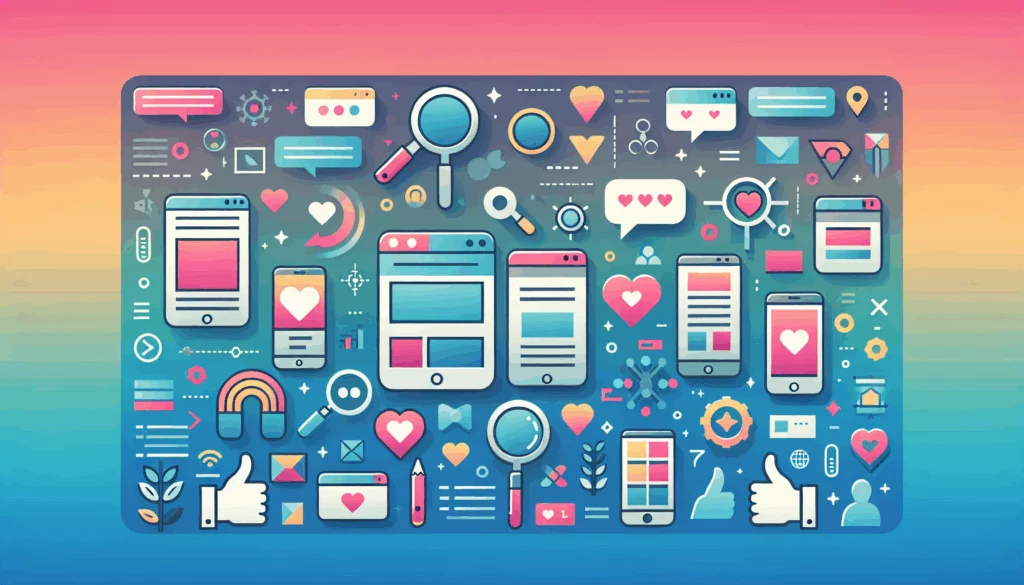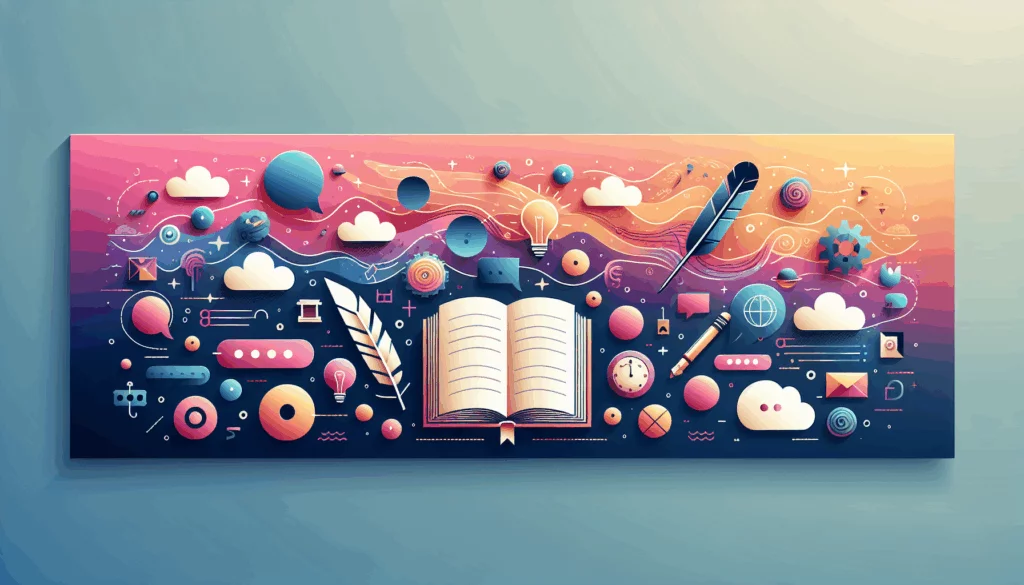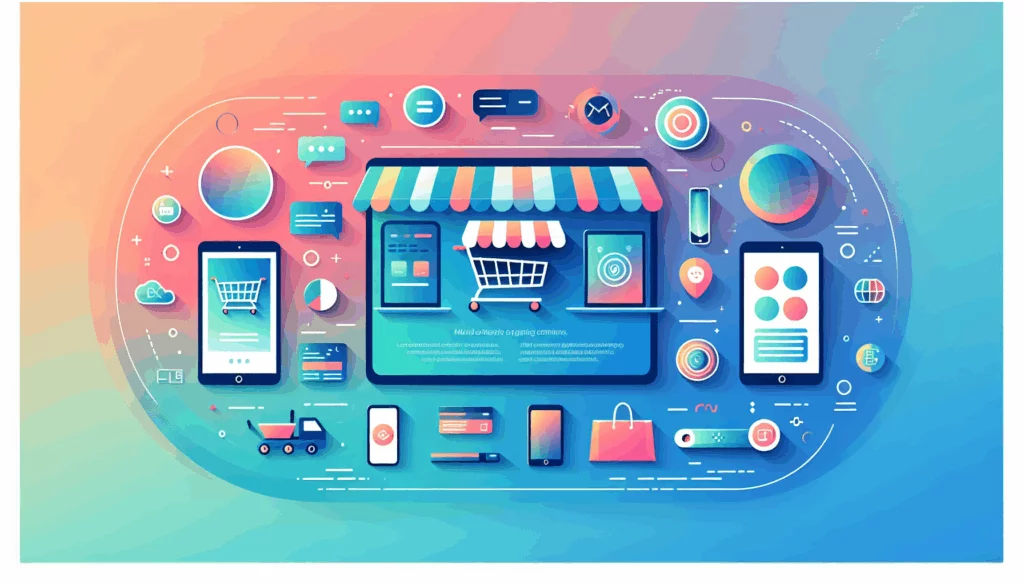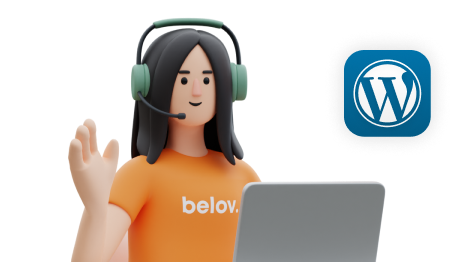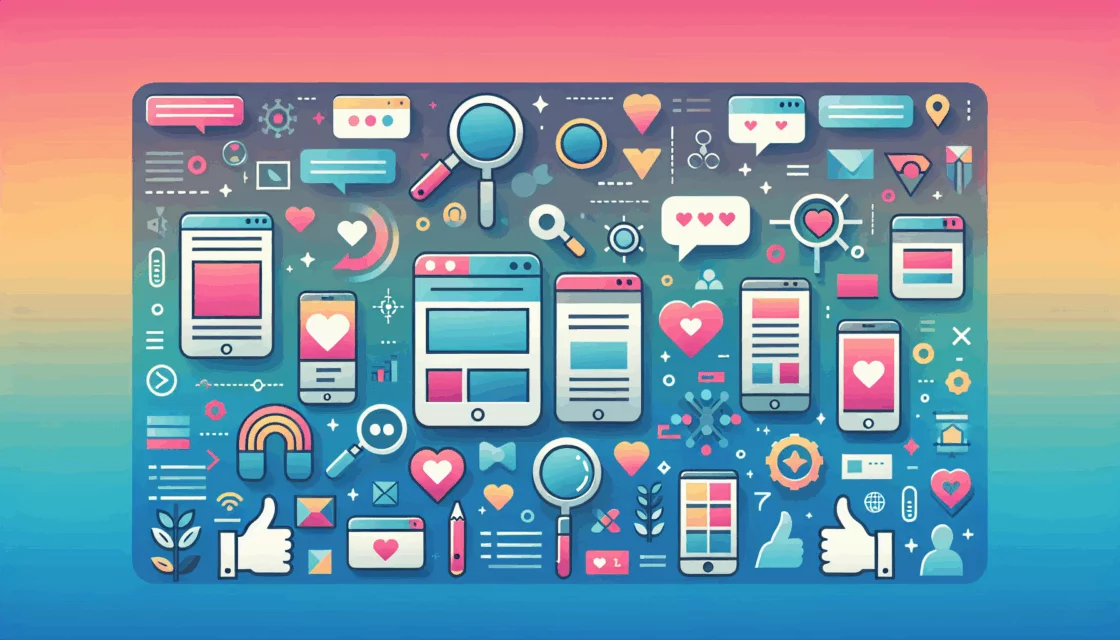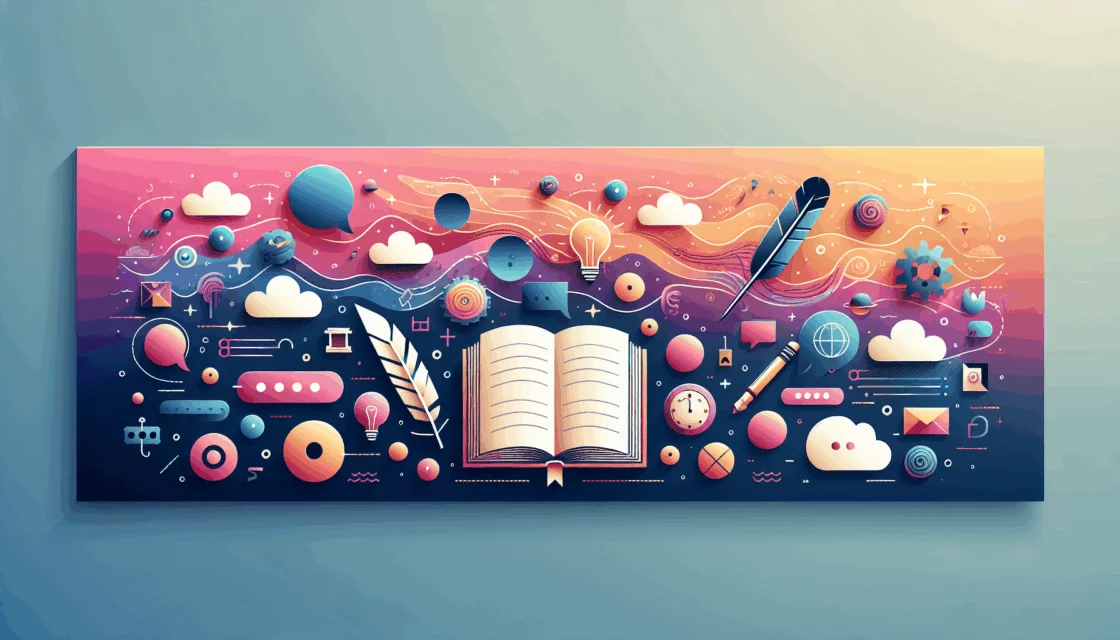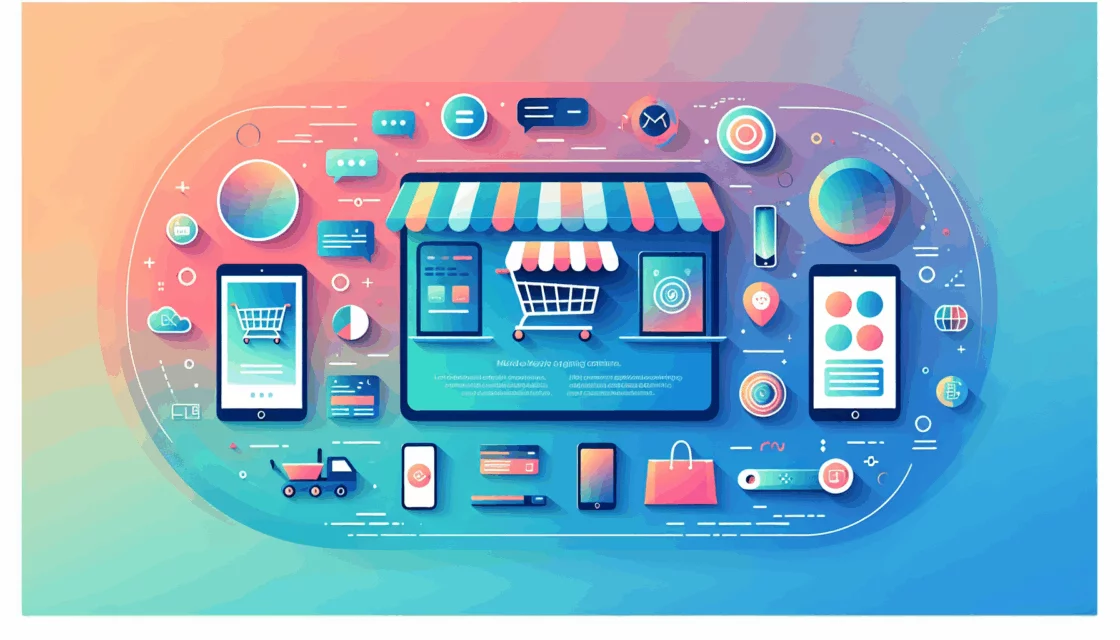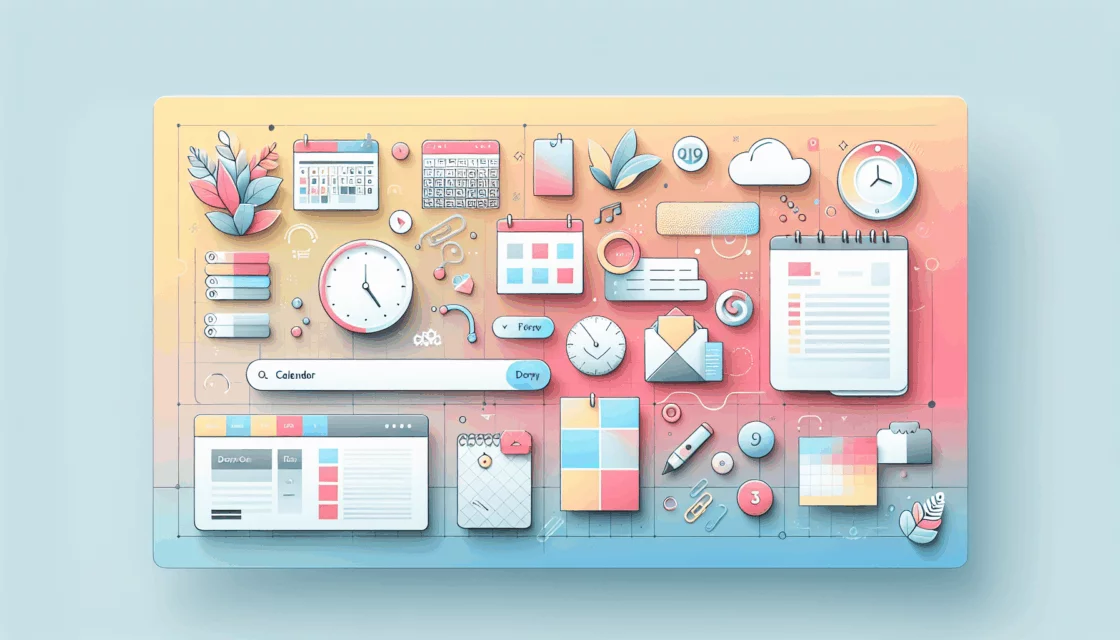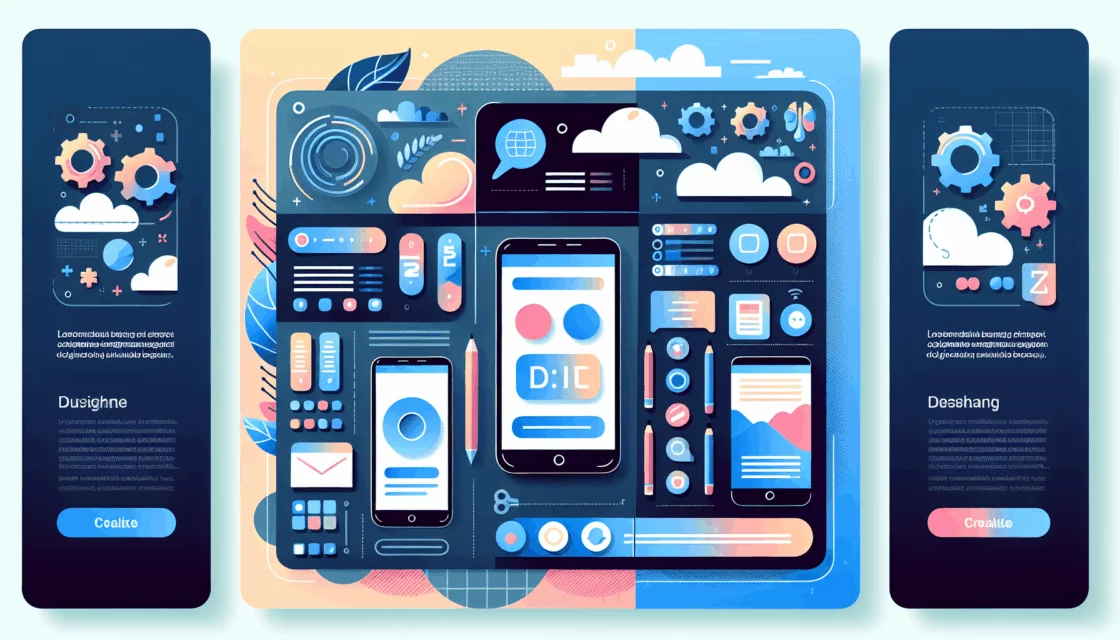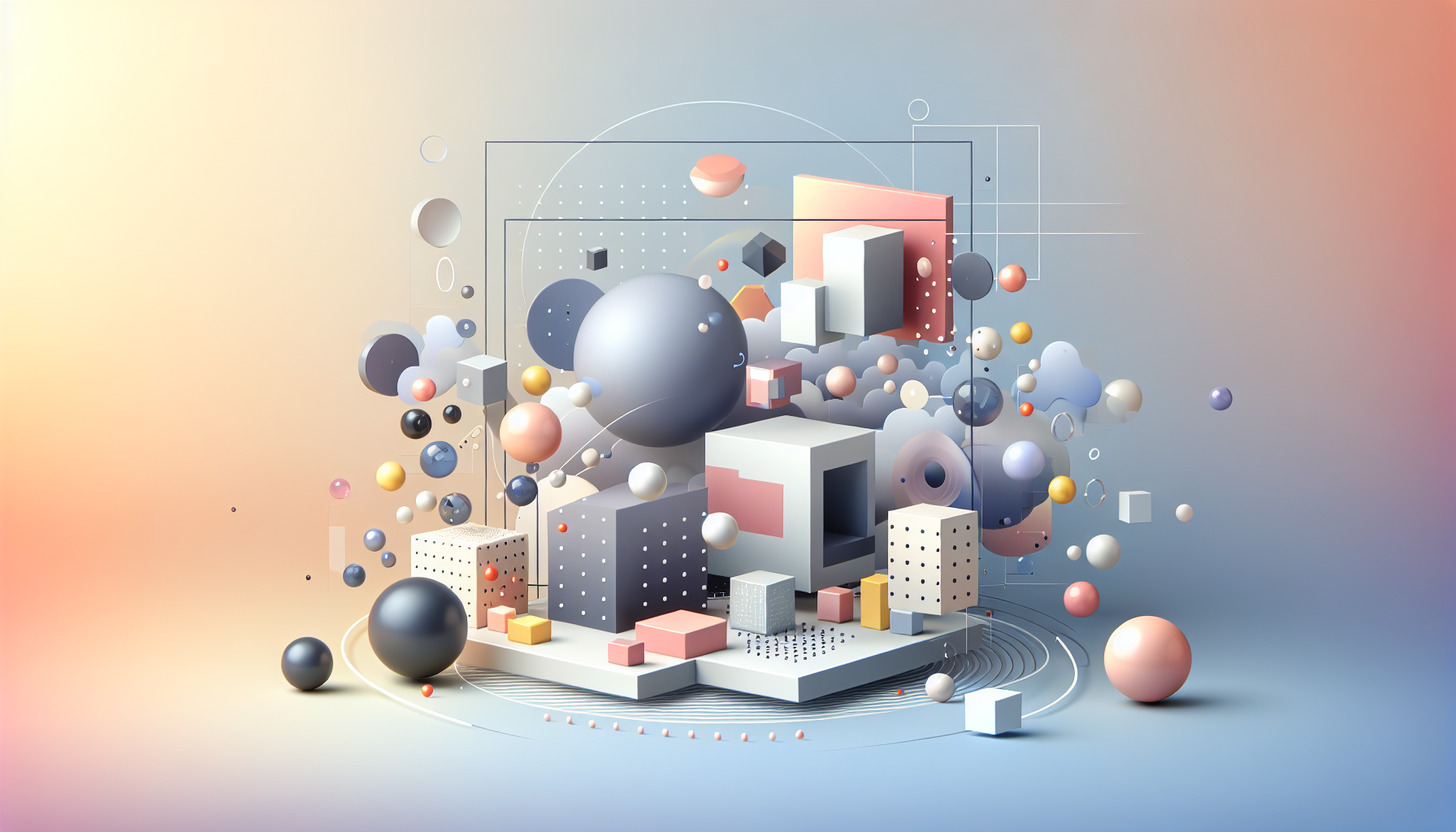
In the ever-evolving landscape of web design, 3D elements have emerged as a powerful tool for enhancing user engagement and creating immersive experiences. Gone are the days when websites were confined to static, two-dimensional content. With advancements in technologies like HTML5, CSS3, and WebGL, integrating dynamic 3D elements into web design has become smoother and more accessible than ever.
The rise of 3D web design is not merely a trend; it’s a strategic move to captivate users in a digital space that’s increasingly crowded and competitive. Whether it’s through interactive product showcases, immersive storytelling, or interactive visual effects, 3D design offers a depth and dimensionality that traditional flat designs cannot match.
Creating Immersive Experiences
From Engagement to Conversion
3D elements not only boost user engagement but also contribute significantly to user experience (UX) by providing a more intuitive and interactive environment. For instance, in e-commerce, 3D product visualizations allow customers to view products from multiple angles, which can enhance trust in purchase decisions and lead to higher conversion rates.
Incorporating 3D models into web design can guide users through a website in a more intuitive way, mimicking real-world interactions. Imagine a product page where users can rotate an item, zoom in to see details, or even see it in action—all without leaving the page. This type of interactivity not only makes the experience more engaging but can also improve conversion rates.
Enhancing Brand Identity
3D elements can also play a crucial role in branding by creating modern and visually appealing logos and brand identities. NexTech AR Solutions highlight how 3D integrations can transform a brand’s digital presence, making it more memorable and impactful.
Real-World Applications
E-commerce and Retail
For e-commerce platforms, 3D visualization is particularly beneficial. Static images are no longer sufficient for customer satisfaction. Companies like Titan and Boat are using 3D product displays to give customers a closer look at their products. This approach has improved user engagement and reduced the likelihood of returns.
Real Estate and Architecture
In the real estate sector, 3D walkthroughs are revolutionizing home buying by providing virtual tours of properties. This not only makes the home-buying process smoother but also gives potential buyers a better feel of the space.
Technology and SaaS
Tech startups use 3D elements to break down complex product features into engaging visuals. Interactive dashboards and animated explanations help customers understand technical concepts more easily.
Challenges and Future Trends
While integrating 3D design

